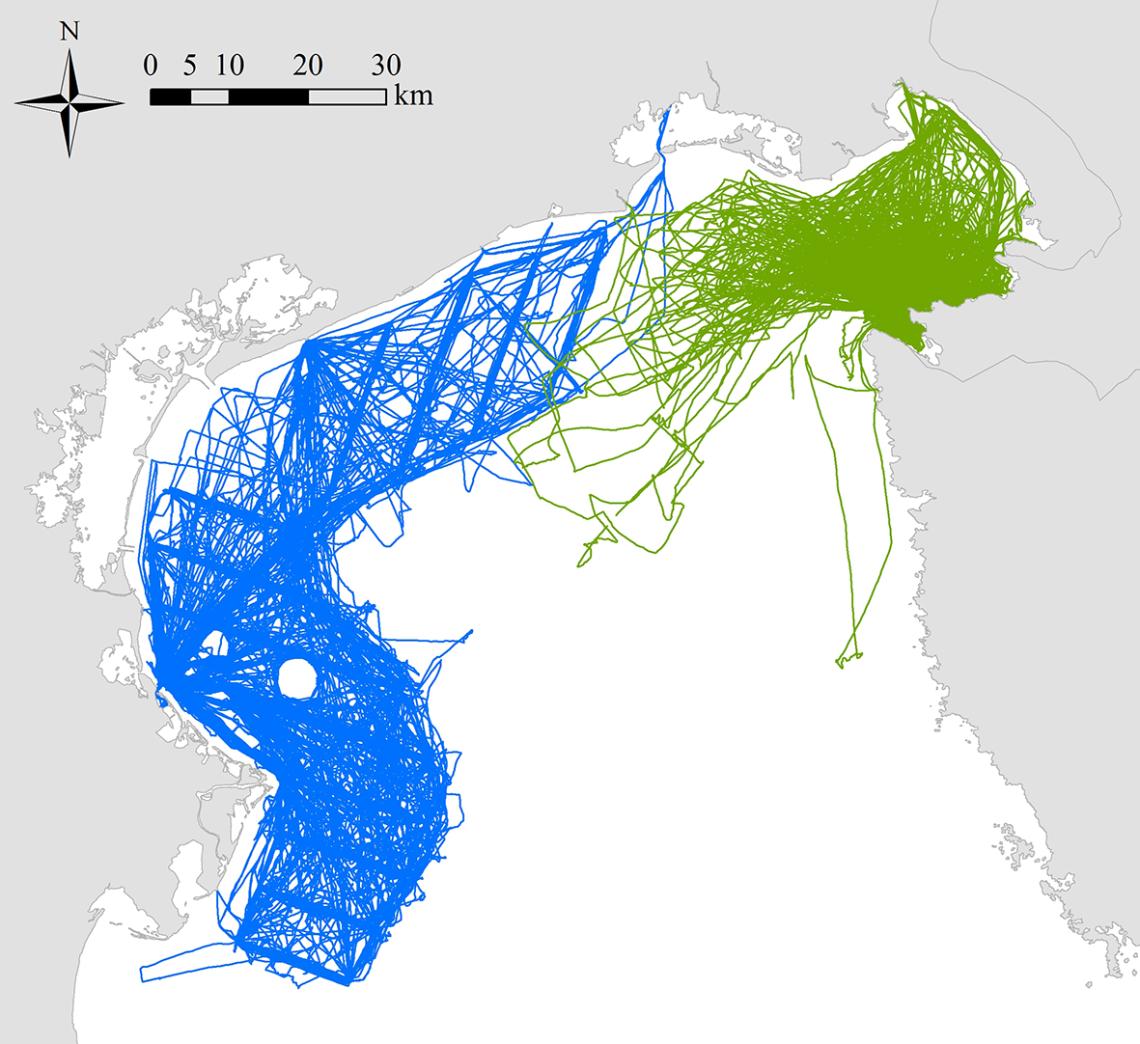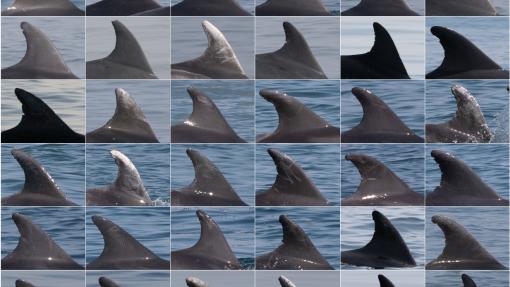It's time to share some results about the movements, habitat use, and connectivity of bottlenose dolphins in the Northern Adriatic: an important component of the project SeaInsights.
The merging and comparison of photo-identification catalogues (photographic databases of individual dolphins identified by the unique markings on their dorsal fin) by the Italian partner Dolphin Biology and Conservation (DBC) and the Slovenian partner Morigenos – Slovenian Marine Mammal Society (MOR) further demonstrate what we have known for a while: that bottlenose dolphins know no borders. However, this research extends our understanding of bottlenose dolphin movements in the region and shows that these movements are more substantial than was previously known.
The two study areas — Veneto, surveyed by DBC, and Friuli Venezia Giulia and Slovenia, surveyed by MOR — share 75 individual bottlenose dolphins, indicating that at least 9% of the animals’ photo-identified use both surveyed areas. This represents a minimum proportion and the real extent of movement across the region is likely higher.
Most of the shared animals have wide ranges, with the movements of one individual encompassing more than 3,600 km2. Results also suggest that dolphins in the two areas display different movement patterns, and the geographical distribution of shared animals showed remarkable individual variation.

There is no evidence of sexual segregation among the shared dolphins, suggesting that females and males use the northern Adriatic waters in similar ways, which is consistent with previous research. However, the dolphins inhabiting the waters of Slovenia and Friuli Venezia Giulia tend to be more "resident" than those in the waters of Veneto, which in turn seem to be more "adventurous" and wide ranging.
This is the first time transboundary data sharing achieved such a high level of detail, advancing our understanding of bottlenose dolphin fine-scale movements in the region.
You can read more details about the research in the Report 2.1.1.

